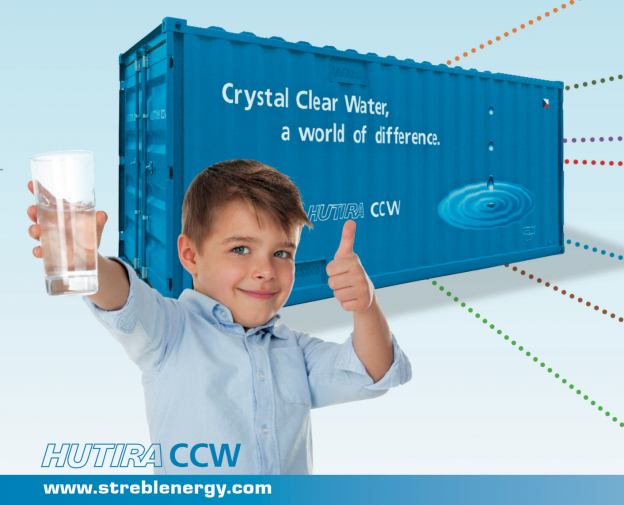Back in 2010, The United Nations General Assembly ruled that access to clean water and sanitation are human rights. Unfortunately, that’s not the case for a whopping 894 million people – or one out of every six people on the planet [source: UN Water]. While the U.N.’s progress toward healthily hydrating the world is promising, hundreds of millions of people won’t have clean water for the foreseeable future.
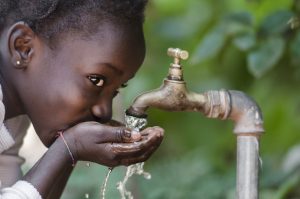
Our Mobile Water Treatment Container Units transform surface and underground polluted water into 100% safe crystal clear drinkable water. The unique and patented technology is based on the „CLARIFIER“ which was researched and developed by Ing. František Svoboda, CSc., a leading Czech Republic scientist in the water treatment industry. Clarifier is hydraulic pulsating system with a sludge blanket ensuring the exceptional quality of treated water (CCW = Crystal Clear Water). Our product includes also the unique system of sand filters and it is result of more than 40 years of research, development and perfection. Output ranges from 5 to 30 m3/h (equivalent of drinking water for minimum of 40,000 people daily per unit).
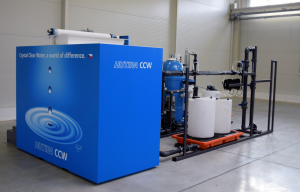
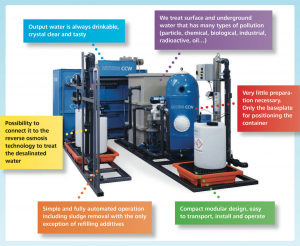
UNIQUE FEATURES
- Output water – crystal clear and tasty drinking water (free of chemicals)
- Clarifier is not affected by different quality of input water
- Water is treated from many types of pollution (particles, chemical, biological, industrial, oil etc.)
- Compact modular design
- Easy to transport and install – plug and play
- Option to connect to reverse osmosis to treat desalinated water
- Fully automated operation (manual refill of additives)
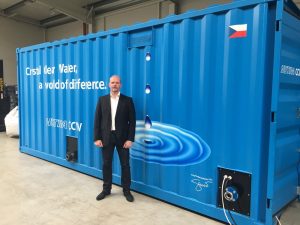
PRODUCT APPLICATIONS
1. Public water system (Regions with lack of quality drinking water, Regions with expensive water supply)
2. Army (Military field hospital, Military camps, Military trainings, Deployments in peacekeeping missions)
3. Industry (Industrial plants, Mining industry)
4. Humanitarian aid and crisis situations (Refugee camps, Peacekeeping field operations)
5. Swimming pools (Hotel swimming pools)
6. Agriculture (Irigation)
7. Natural disaster areas (Earthquakes, Floods, Disruption of infrastructure, Contamination of drinking water)
